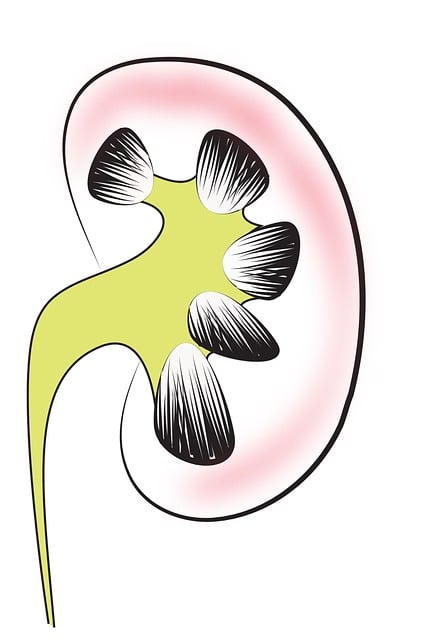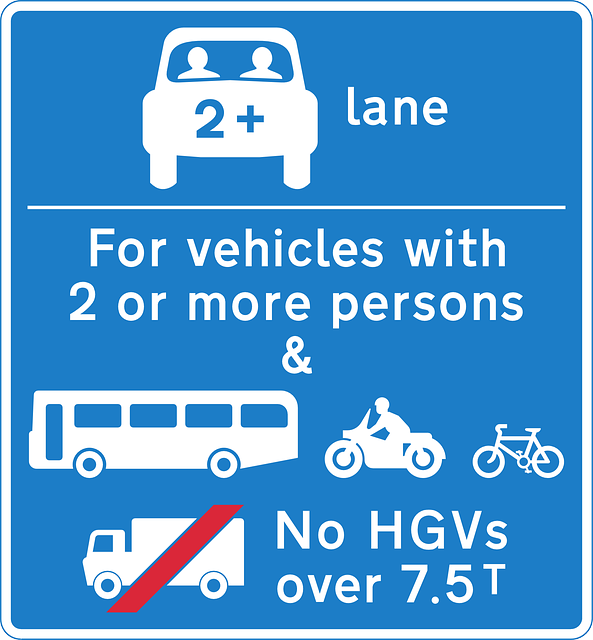In the UK healthcare sector, Translation services for Surgical Procedure Instructions are vital for patient safety and regulatory compliance due to a diverse workforce and growing patient population. Accurate, culturally sensitive translations of medical guidelines by expert translators with medical knowledge ensure consistent adherence among staff, reducing errors in complex surgeries. Services must adapt to local regulations, stay current with medical guidelines, and use technology like Computer-Assisted Translation (CAT) for efficient, high-quality instructions tailored to the UK market.
In the dynamic landscape of healthcare, precise translation of surgical procedure guides is paramount for UK regulatory compliance. This article explores the intricate process of translating medical documents, highlighting the significance of accuracy in patient safety and legal adherence. From navigating complex terminologies to ensuring cultural sensitivity, we delve into best practices and strategies that optimize high-quality translation services for surgical procedure instructions within the UK market.
- Understanding the Significance of Accurate Translations for Medical Procedures in the UK
- The Challenges of Translating Surgical Procedure Guides
- Best Practices for Providing High-Quality Translation Services for Healthcare Documentation
- Ensuring Cultural Sensitivity and Legal Compliance in Translated Materials
- Strategies to Streamline the Translation Process for Medical Instructions in the UK Market
Understanding the Significance of Accurate Translations for Medical Procedures in the UK

In the medical field, clear and precise communication is paramount, especially when it comes to surgical procedure guides. These documents play a critical role in ensuring patient safety and regulatory compliance for healthcare providers across the UK. Accurate translations of such manuals are not just beneficial but indispensable. With an increasing number of diverse patients and healthcare professionals in the UK, translation services for surgical procedure instructions have become essential tools to bridge linguistic gaps.
When medical procedures are communicated effectively through translations, it allows healthcare staff from different language backgrounds to follow guidelines consistently, reducing errors and enhancing patient outcomes. Professional translation services specializing in medical terminology are crucial here, ensuring that technical jargon is conveyed accurately without losing its context. This precision is vital for complex surgical processes where even a small misinterpretation can have significant consequences.
The Challenges of Translating Surgical Procedure Guides

Translating surgical procedure guides for UK regulatory compliance presents a unique set of challenges. These guides, often complex and highly technical, require not only linguistic proficiency but also a deep understanding of medical terminology and protocols. Accurate translation is paramount to ensure patient safety and avoid legal pitfalls; even a minor misinterpretation could lead to significant consequences.
One of the key difficulties lies in maintaining regulatory compliance while adapting content for a new language. Medical regulations vary across regions, and what’s considered standard practice in one country might differ greatly from another. Translation services for surgical procedure instructions in the UK must be adept at navigating these nuances, ensuring that the translated guides align perfectly with local standards and guidelines. This meticulous process demands collaboration between medical experts and professional translators to deliver precise, culturally sensitive, and legally compliant documents.
Best Practices for Providing High-Quality Translation Services for Healthcare Documentation

Providing high-quality translation services for healthcare documentation, particularly surgical procedure instructions in the UK, requires a meticulous approach to ensure accuracy and regulatory compliance. The process should commence with a thorough understanding of the source content, including medical terminology and cultural nuances specific to the UK healthcare context. Engaging professional translators with expertise in both language pairs and medical fields is paramount.
Best practices include strict quality assurance protocols, such as proofreading by peers or subject matter experts. It’s also crucial to maintain consistency in translation style, terminology use, and formatting across all documents. Using memory translation tools and term bases can enhance efficiency while preserving accuracy. Additionally, staying updated with changes in medical guidelines and regulatory requirements is essential to delivering up-to-date and compliant translations for surgical procedure instructions in the UK.
Ensuring Cultural Sensitivity and Legal Compliance in Translated Materials

When translating surgical procedure instructions for UK regulatory compliance, it’s vital to go beyond mere word-for-word translation. Cultural sensitivity is paramount as medical practices and patient expectations vary across regions. A professional translation service for surgical procedures should understand these nuances and adapt the content to be clear, accessible, and culturally relevant to the target audience.
Legal compliance is another critical aspect. Translators must have a deep knowledge of UK healthcare regulations and guidelines to ensure the accuracy and completeness of translated materials. They must stay up-to-date with any changes in legislation, as medical procedures and associated rules evolve over time. Using reputable translation services specializing in medical documentation ensures that all legal requirements are met, reducing risks associated with incorrect or incomplete translations.
Strategies to Streamline the Translation Process for Medical Instructions in the UK Market

Streamlining translation processes is vital in the medical field, especially for surgical procedure instructions aiming to meet UK regulatory standards. One effective strategy involves employing professional translation services with a deep understanding of both medical terminology and local regulations. These services can ensure precise and culturally adapted translations, reducing potential errors and delays.
Leveraging technology also plays a significant role. Using specialized CAT (Computer-Assisted Translation) tools allows for consistent terminology management, memory storage of previously translated terms, and faster turnaround times. Additionally, these tools enable translators to collaborate effectively, facilitating efficient project management and ensuring high-quality outcomes for surgical procedure instructions tailored to the UK market.
Accurate translation of surgical procedure guides is paramount for ensuring patient safety and legal compliance within the UK healthcare system. By adhering to best practices, leveraging cultural sensitivity, and employing efficient strategies, medical professionals can effectively navigate the complexities of translating these critical documents. Translation services specialized in surgical procedure instructions play a vital role in facilitating seamless communication and enhancing patient care across diverse linguistic landscapes within the UK market.
